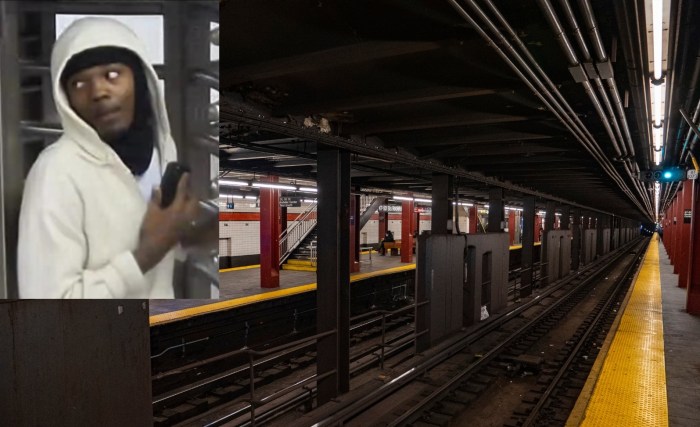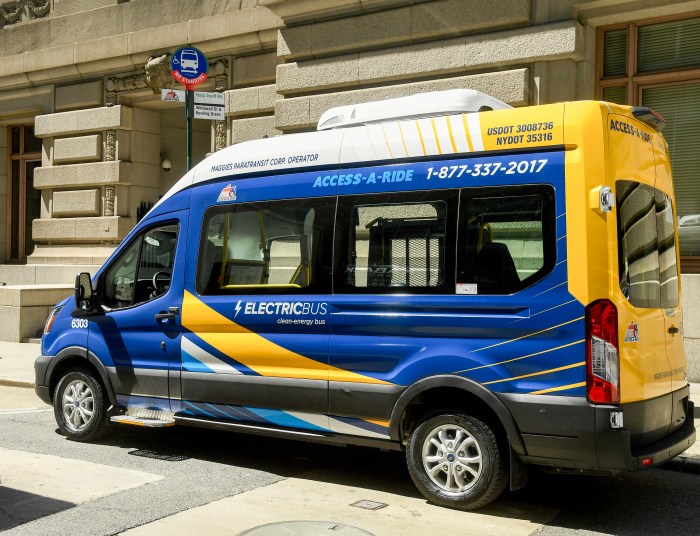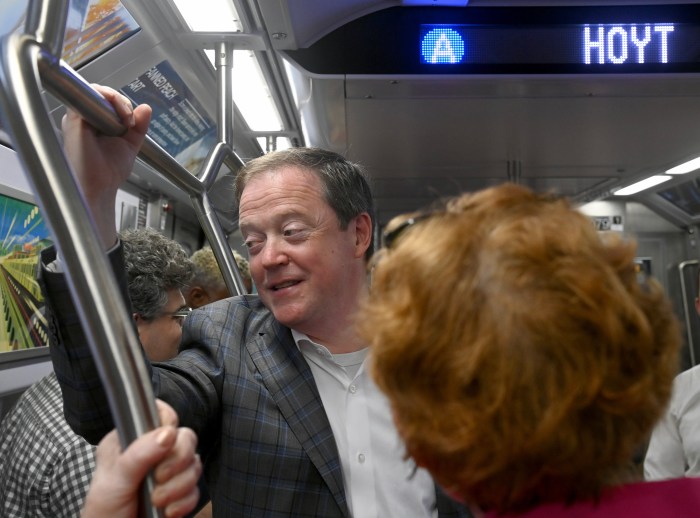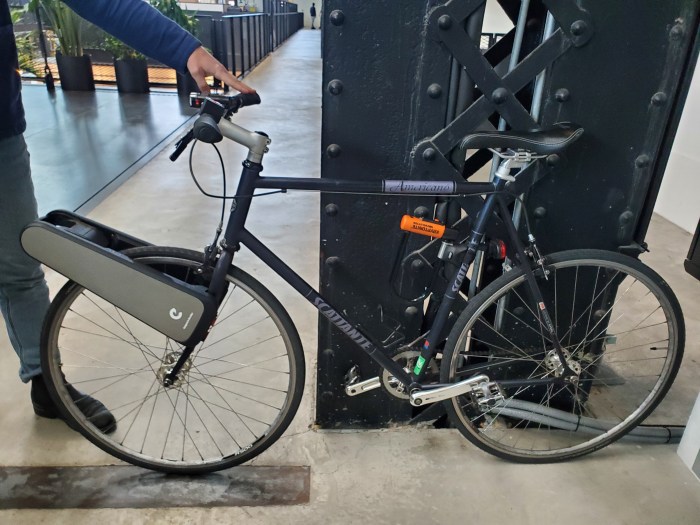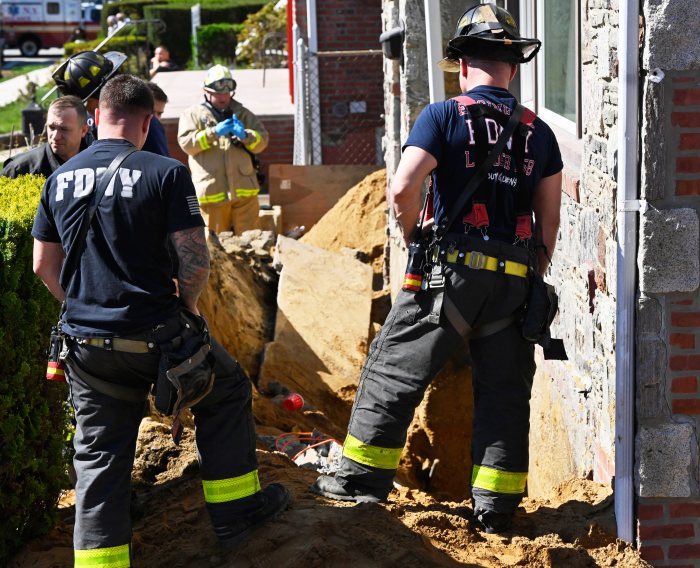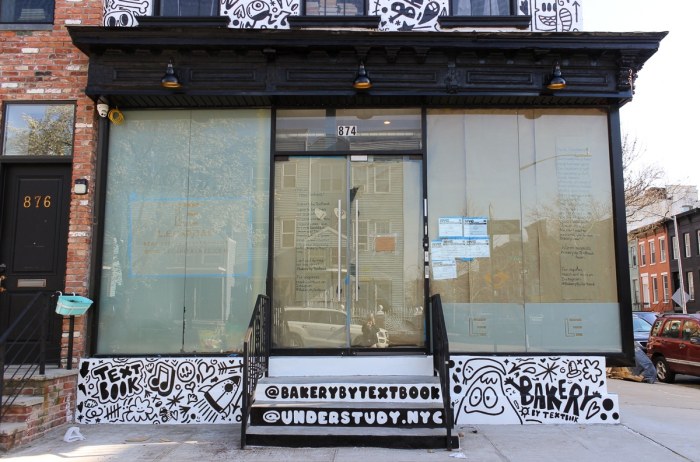
The de Blasio administration is failing the millions of daily bus riders in New York City, according to a new report.
Transit advocates from the Bus Turnaround Coalition on Monday released their annual bus service report, which sharply criticizes the mayor for not doing enough to keep local bus service afloat amid a nosedive in ridership and reliability.
"More than two million New Yorkers rely on our buses every day and frankly they have been getting worsening service for the last several years,” said Tabitha Decker, the deputy executive director of TransitCenter, one of the coalition members. “And if New York wants to be the fairest big city, as the mayor claims, then we have to have excellent bus service so that all New Yorkers can take advantage of the opportunities in the city.”
While the MTA is a state-controlled agency, the mayor oversees the city’s streets and how buses navigate them — and his administration has been doing a poor job, according to the coalition. Local bus ridership has steadily dropped in all but one year since 2010, from about 687 million riders that year to about 638 million riders in 2016, according to the city’s recent mobility report. Meanwhile, average bus speeds have dipped 2.6 percent from 2010, from 7.64 miles per hour to 7.44 miles per hour in 2016.
A large factor in that decline, the coalition said, is the city’s poor management of its roughly 106 miles of bus lanes. Just one percent of moving violations issued by the NYPD during the first seven months of the year were for vehicles driving in bus lanes — an “unacceptably low” share of tickets, according to the report.
“Frankly, anyone who is observing bus lanes on the streets knows they’re often violated and that enforcement is not happening in a serious way,” Decker said.
The advocates’ biggest push is for the city to both ramp up enforcement and nearly double the bus lanes in the city by adding 100 miles over the next five years. Sixty of those miles should come during the final two years of the de Blasio administration, which ends on Dec. 31, 2021, according to the report. The city has added about 15 miles of bus lanes since Aug. 2017.
The city also needs to install bus shelters at every stop — currently only a quarter of all city bus stops have shelters — and more quickly install traffic signal technology that reduces the time buses spend stuck at red lights, according to the report.
Decker said such commitments are appropriate, given that the MTA has already pledged to redesign the bus networks of each borough over the course of the next five years through the authority’s still-unfunded Fast Forward plan. The coalition was largely heartened by the MTA’s plan as well as its promise to introduce all-door bus boarding, which experts believe can help reduce the time buses are stopped loading and unloading passengers.
The MTA has said that it will roll out all-door boarding alongside the new fare payment technology that will begin replacing MetroCard swipes next year, but it’s still not clear exactly when the policy will be implemented.
“The rollout of all-door boarding on local buses will be set as we get closer to the date of the full deployment of the New Fare Payment system,” MTA spokesman Jon Weinstein said in a statement.
A city DOT spokesman touted the mayor’s efforts to improve bus speeds, including the administration’s commitment of roughly $270 million in new funds to the Select Bus Service program and the painting of 60 miles of new bus lanes since Mayor Bill de Blasio took office.
“The de Blasio administration has committed more for transit than ever before by committing to 20 new SBS routes, and has committed to bring SBS-style improvements to routes citywide through the Bus Forward program,” the spokesman said in a statement.
Still, several advocates feel the mayor is dedicating too much time and too many resources to projects like the Brooklyn-Queens Connector, a proposed streetcar between the two outer boroughs, and service like NYC Ferry, which will receive an influx of $300 million in capital funding over the next five years despite the fact that it serves far fewer people that the bus network. The city expects nine million annual ferry riders by 2023, or about 1.4 percent of riders the local buses carry today.
“I understand the mayor wants to try and do what he can with a transit system that he controls, but at the end of the day there are so many people on the bus and it’s so much more of an equity issue,” said Nick Sifuentes, the executive director of the Tri-State Transportation Campaign, a member of the Bus Turnaround Coalition.
“The ferries, the BQX — those are nice-to-haves,” he continued, “but the bus system is a must-have and needs to be priority number one.”










